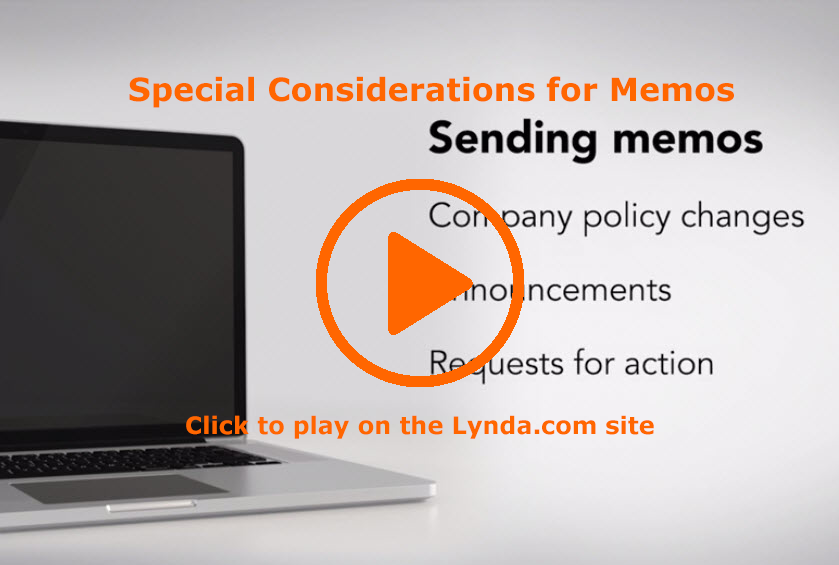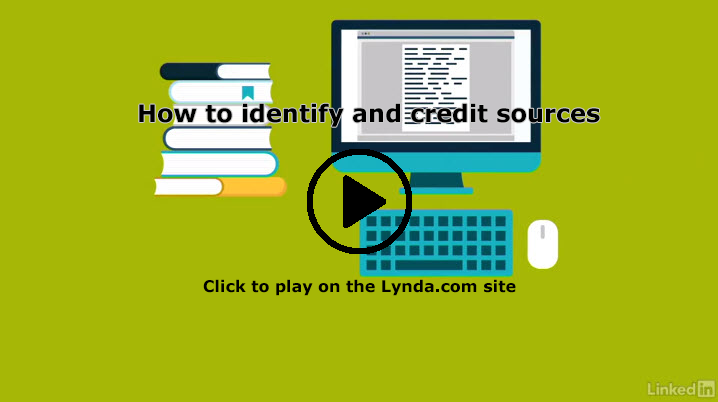In our last #WednesdayWorkshop, I am sharing some additional help for your workplace email messages.
First, I have a collection of 27 email templates, broken into the categories of networking, management, in the office, and the job search. Additionally, I found a list of templates for 8 Sticky Situations You’ll Come Across in Your Career. There is some overlap between the two pieces, but that just gives you more options.
As you use these great collections, keep these things in mind:
- Read through all of the titles to find the best one for your situation. Some of the templates could apply to other categories.
- Be careful with templates. Readers can frequently tell when you use a template, so use the tempates as a guide for what to write. Don’t just copy, paste, and send.
- Make changes to the template you want to use by personalizing the message for your situation and reader.
As a bonus, I also have some tips on how to sign your email messages. You’re bound to find something useful in this list of 70 Different Email Sign-offs (for When You’re Sick of Saying "Best"). If you don’t have time to read through the whole list right now, the 60-second video below provides some quick, general options:

